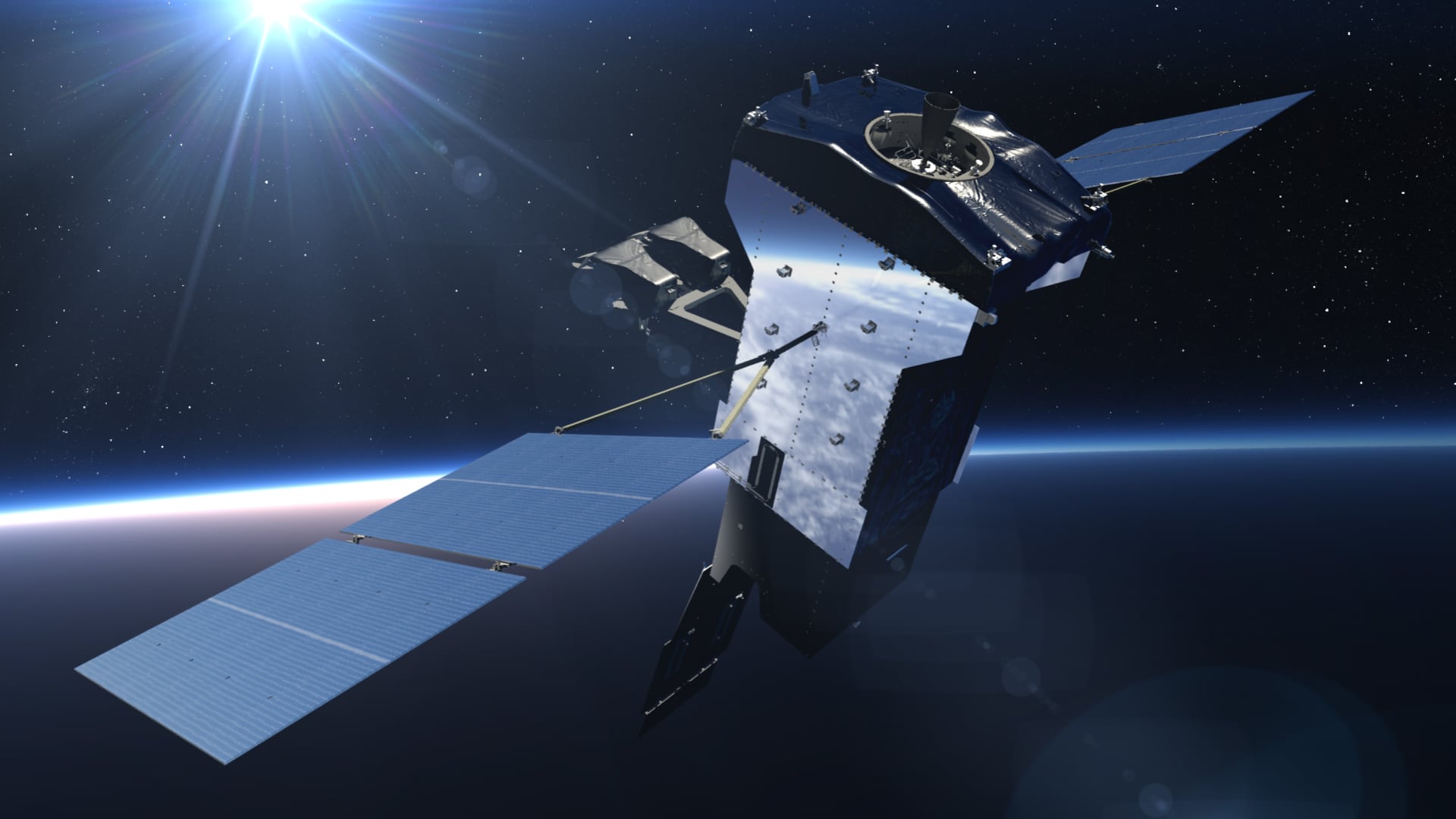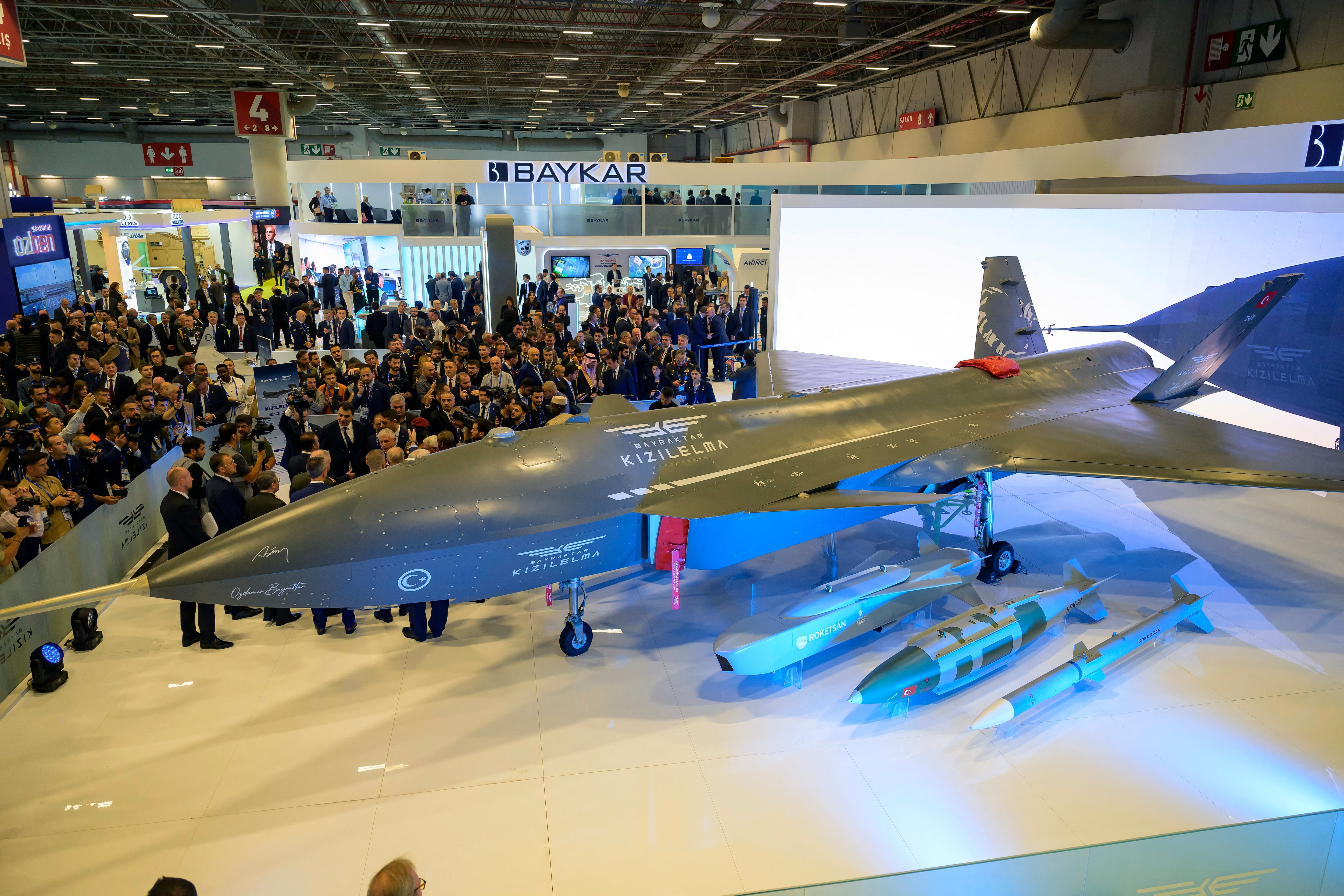WASHINGTON — The U.S. Space Force confirmed that its Space Based Infrared System satellites were used to detect more than a dozen Iranian missiles aimed at U.S. war fighters in Iraq in January, giving Americans and their partners crucial warning.
On Sept. 15, Chief of Space Operations Gen. John “Jay” Raymond specifically credited space professionals assigned to the 2nd Space Warning Squadron at Buckley Air Force Base, Colorado, with providing that early warning, saving the lives of American and coalition forces.
“They operated the world’s best missile warning capabilities and they did outstanding work, and I’m very very proud of them,” he said during prepared remarks at the virtual Air Force Association 2020: Air, Space and Cyberspace Conference.
RELATED

SBIRS is the U.S. military’s primary missile warning satellite constellation. Built by Lockheed Martin, the satellites use exquisite infrared sensors provided by Northrop Grumman to detect ballistic missile launches all around the world. The constellation consists of four geosynchronous (GEO) satellites, with another two payloads riding on host satellites operating in highly elliptical orbits (HEO) to provide global coverage. The GEO satellites include two sensors: A scanner and a step-starer. While the scanning sensor continuously monitors the earth, the more accurate step-starer can provide coverage for theater missions. Each HEO payloads includes a scanning sensor.
A fifth geosynchronous satellite is expected to launch in 2021.
While many observers assumed SBIRS was used to detect the missiles after President Donald Trump credited an “an early warning system” for helping the U.S. avoid casualties, this is the first explicit confirmation that the system was used.
The confirmation comes nine months after the Pentagon claimed Iranian forces launched more than a dozen ballistic missiles against U.S. military and coalition forces on Jan. 7. Reportedly, 10 of the missiles hit Al Assad Air Base, although there were no casualties.
Tensions between the U.S. and Iran had escalated in the days leading up to the attack.
Ahead of a potential attack, the 2nd Space Warning Squadron was able to bring the SBIRS constellation to bear, providing advanced warning of any Iranian missile launches. Raymond specifically credited Capt. Tasia Reed and Lt. Christianna Castaneda with personally planning the SBIRS mission in the lead up to the attack, ensuring optimal sensor coverage of the area.
“This optimization resulted in vital early warning getting to the theater of operations and preserving the lives of U.S. personnel and their partners,” said Raymond.
Nathan Strout covers space, unmanned and intelligence systems for C4ISRNET.








